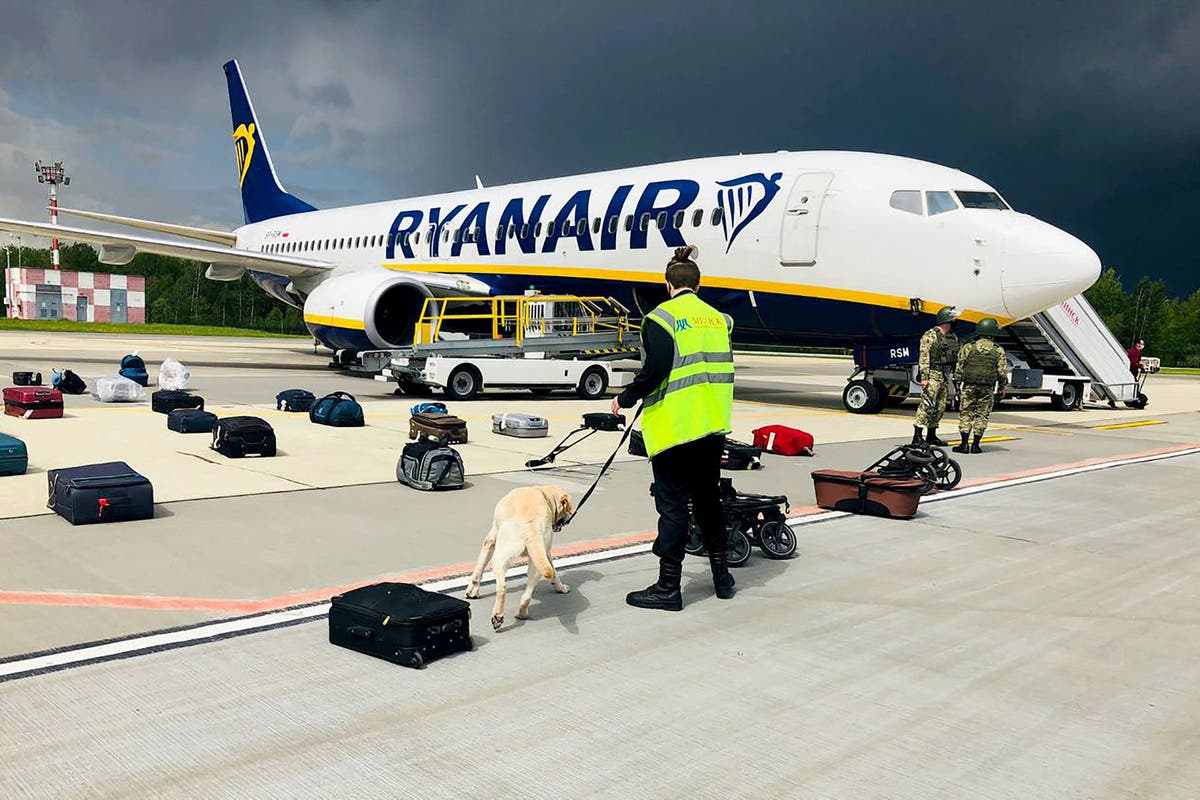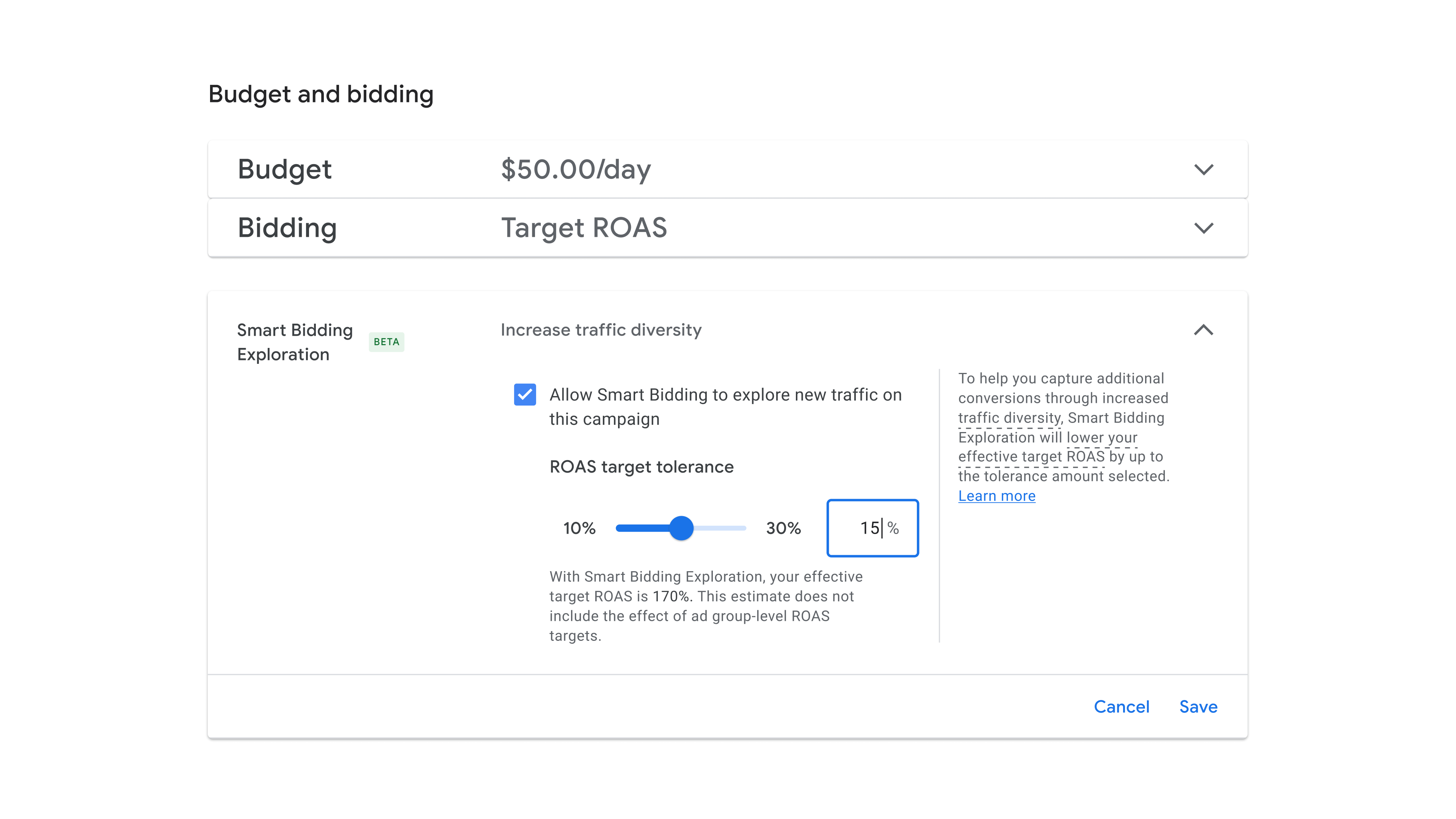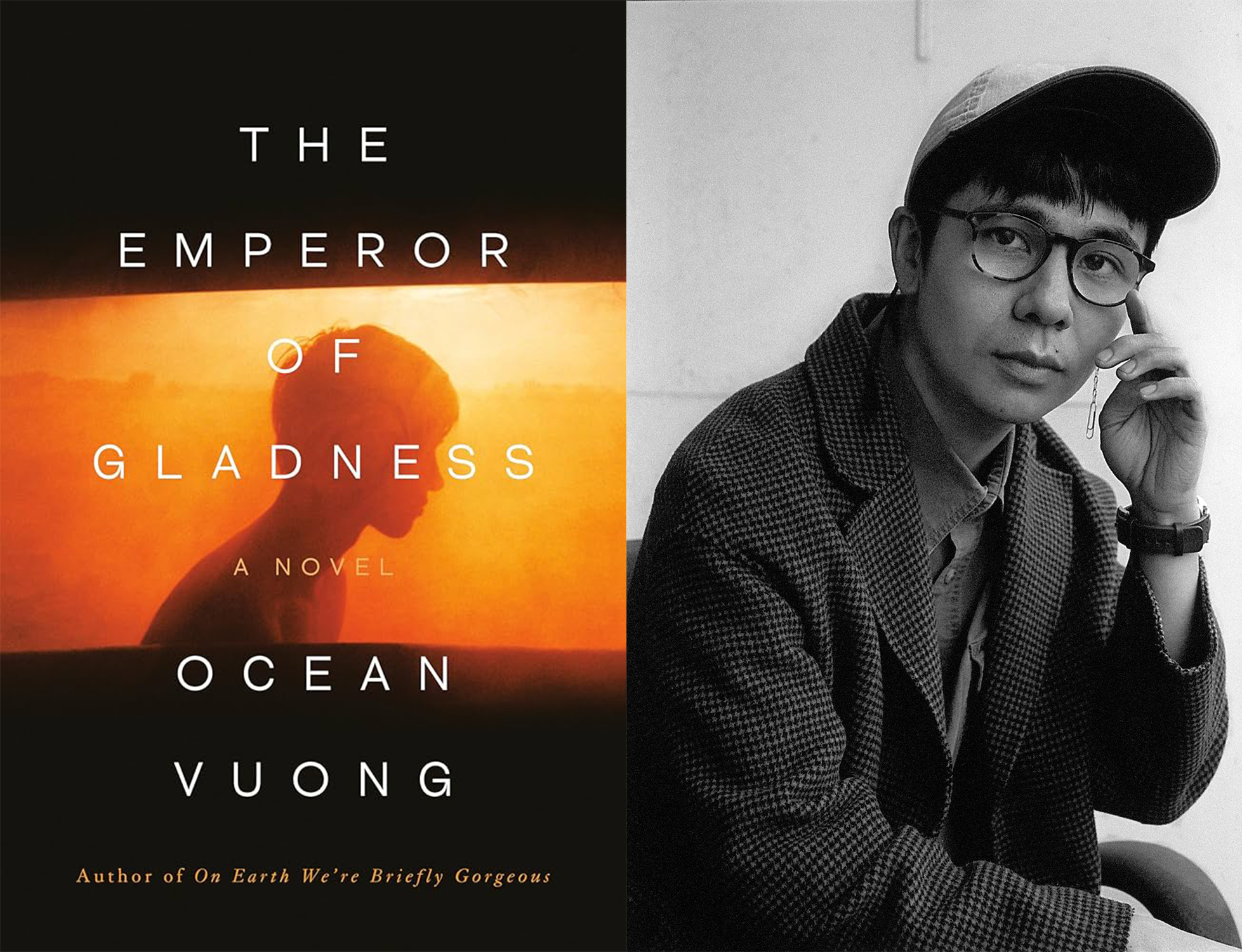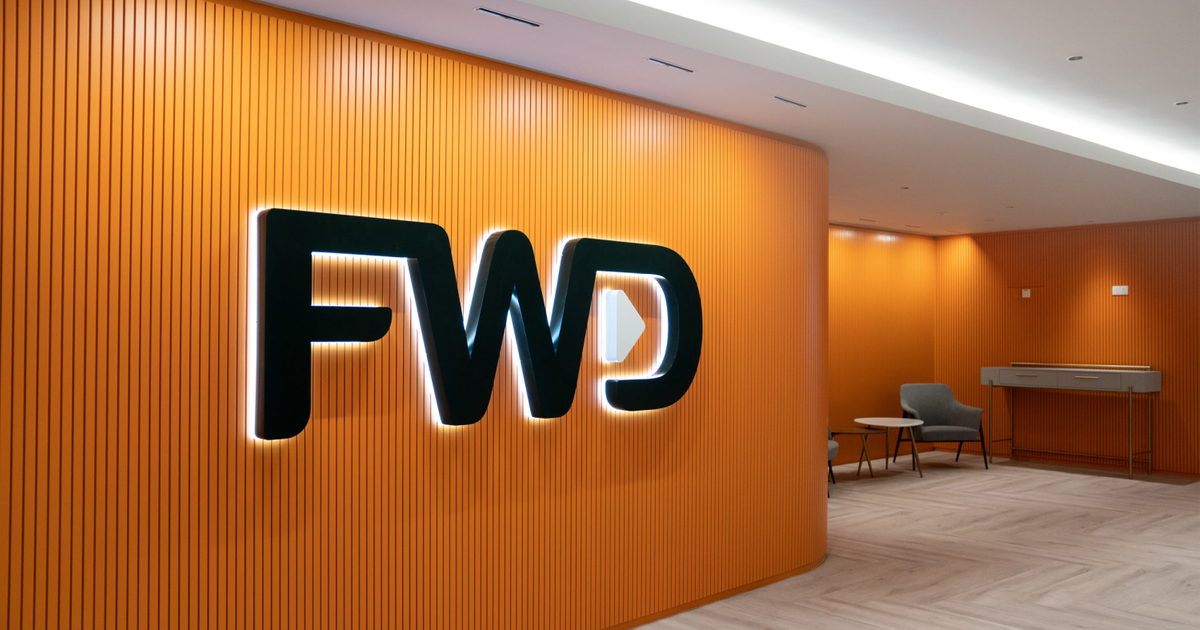10 Movie Trilogies That Actually Stuck the Landing
Though it’s unlikely we’ll soon truly be seeing the last of the Guardians of the Galaxy, trailers for the third film in the franchise are promising us “one last ride” with the band of spacefaring misfits—a conclusion, perhaps, to...
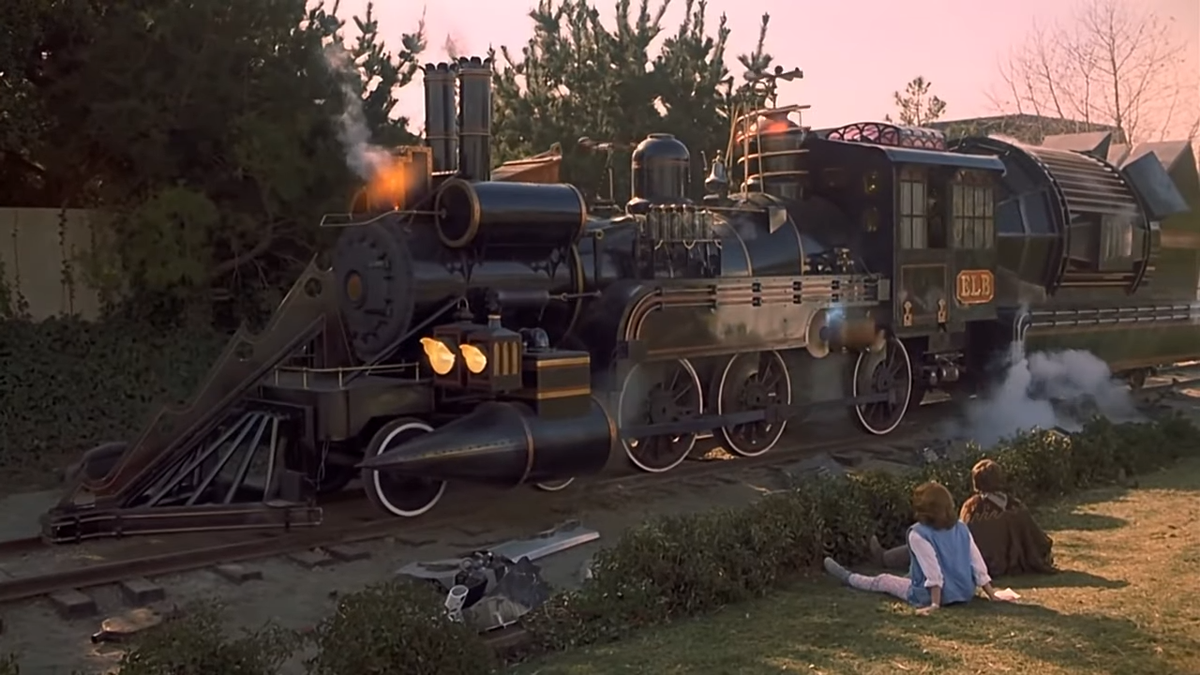
Though it’s unlikely we’ll soon truly be seeing the last of the Guardians of the Galaxy, trailers for the third film in the franchise are promising us “one last ride” with the band of spacefaring misfits—a conclusion, perhaps, to the Marvel Cinematic Universe’s quirkiest side hustle. The 2014 original remains a franchise standout, and the 2017 sequel was a fine, if less universally loved, followup. Will the Guardians stick the landing? Or will the ending even be an ending?
We used to love the idea of movie trilogies (beginning, middle, and end), but that was in the days before franchises became immortal and endless. It’s also true that the formal three-film structure places a lot of pressure on that last installment, and the list of disappointing conclusions is a lot longer longer than a list of successful ones (Godfather III, Spider-Man III, Alien 3, Blade Trinity, Rise of Skywalker: all are no one’s favorite). At least we can celebrate these 10 franchise cappers that actually managed to satisfy.
Back to the Future, Part III (1990)
BTTF fans will argue about which of the time travel films is best (which is silly—it’s the first, of course). After the (mostly) inspired sci-fi silliness of the second film, the third in the series travels to the old west with a more subdued tone, shifting the focus to Christopher Lloyd’s Doc Brown and his romance with adventurous schoolteacher Clara (Mary Steenburgen). Wisely, the movie only hints at a path for Michael J. Fox’s Marty McFly, recognizing that it’s more important to give his more mature mentor a happy ending, and leaving Marty’s future wide open.
Where to stream: HBO Max
War for the Planet of the Apes (2017)
Squeezing this one in now before the series continues with a fourth installment in 2024... War certainly feels like an appropriate (and appropriately melancholy) conclusion to the modern adaptation of Pierre Boulle’s novel. In a world of blockbuster franchises, this trilogy stayed true to its apocalyptic roots and held on to a revolutionary message—unusual for a studio movie with this kind of budget. Essentially, it espouses the idea that rights are rarely given and must be taken, and by force when necessary. Bold. The story of Caesar (Andy Serkis) ends here, with just a glimmer of hope for the future.
Where to stream: Fubo, FX Now
The Lord of the Rings: The Return of the King (2003)
I mean, duh. In a three-way tie for Oscar-winningest film in history, as well as a one that made over a billion dollars (back when that was a lot of money), it’s hard to argue Return of the King didn’t do everything it needed to do to cap off Peter Jackson’s adaptation of J.R.R. Tolkien’s The Lord of the Rings. As the grand finale to Tolkien’s saga (let’s go ahead and forget about the Hobbit movies), it is filled with spectacular action but, more importantly, with emotional and character beats that tie everything together into something greater than empty spectacle. Who doesn’t get a bit choked up when Viggo Mortenson refuses to accept the homage of the hobbits because they “bow to no one?”
Where to stream: HBO Max
Before Midnight (2013)
Unlike many a trilogy conclusion, even the good ones, there are absolutely no apologies needed when it comes to Before Midnight, Richard Linklater’s conclusion(?) to a story that started way back in 1995. Like predecessors Before Sunset and Before Sunrise, it is almost exclusively built around conversations between Julie Delpy and Ethan Hawke, who were two strangers when we first met them, and are now lovers dealing with a fracture in their relationship. It’s the kind of thing that could easily be insufferable were it not so pointed, insightful, poignant, and brilliantly acted. The relationship built between Celine and Jessie over decades seems nearly at an end here, in the normal way that relationships evolve over time, and watching that struggle play out, with characters we’ve known for this long, is both heart-wrenching and deeply cathartic.
Where to stream: Digital rental
The Good, the Bad, and the Ugly (1966)
Sergio Leone’s Dollars trilogy (beginning with A Fistful of Dollars in 1964) wasn’t necessarily intended to be one, and the connective tissue between the films is relatively thin. What they all share is a central figure, Clint Eastwood’s antiheroic Man with No Name, who meanders through the American west (as seen through the eyes of an Italian director) in the years leading up to, and overlapping with, the Civil War. Though initially dismissed as an exemplar of the once-maligned Spaghetti Western genre, The Good, the Bad and the Ugly’s nearly nihilistic violence proved wildly influential, whether its over-the-top action was viewed straight, or as an ironic commentary on the extreme violence of America’s real history (for better or worse, it works on both levels). The final film in the series is the most accomplished, and also the most polished, with an epic scope and a wildly memorable ending.
Where to stream: Tubi, The Roku Channel, Hoopla, Pluto
Return of the Jedi (1983)
I don’t think many would argue Return isn’t the least of the original Star Wars trilogy, weighed down by Lucas’ attempts to market to children in ways that might be effective when it comes to selling toys, but that only sporadically work in terms of storytelling (as a kid, I thought that Ewoks were just fine...but they feel out of place amidst the movie’s more dramatic beats). Still. The opening at Jabba’s palace stands with the best sequences in the whole saga, and the conclusion (simultaneously explosive and redemptive) is spectacularly satisfying. The saggy bits are mostly in the middle, but that mid-section also includes a killer Speeder Bike chase and a pretty spectacular lightsaber duel. That Emperor Palpatine somehow returned several decades later is hardly this movie’s fault.
Where to stream: Disney+
The World of Apu (1959)
There’s no weak link in Satyajit Ray’s Apu trilogy, which began in 1955, so it’s hard to argue that World of Apu is the best of them, but it’s certainly a fitting conclusion. The first movie, Pather Panchali, introduced poorest-of-the-poor Bengali villager Apu as a child, alongside his doting older sister and mother Sarbajaya, with whom he’ll have a fraught relationship into adulthood. Now a young undergraduate student in Calcutta, Apu takes steps to form a family of his own, only to discover that the troubled patterns of his past are very much still present (it’s a particularly bold move to invite us to watch once-precocious Apu grow up into someone we don’t always like). In the demonstration that generational trauma isn’t easily shed, the Apu trilogy, and particularly this concluding installment, feel shockingly modern.
Where to stream: HBO Max, The Criterion Channel (also as Apur Sansar)
How to Train Your Dragon: The Hidden World (2019)
While it’s hard to keep a successful animated franchise down, the flash-forward that concludes The Hidden World suggests we’re truly done with the story of dragon rider Hiccup and Toothless, his dog-loyal winged companion, notwithstanding various short films in the same world or the prospect of a live-action reboot. For all the marketing and franchising, though, our two leads have been the heart of the series all the way through, and it’s impressive that we’ve gotten to seethe learn and grow throughout the trilogy, up until their apt but bittersweet ending. All three films received Best Animated Feature Oscar nominations, though none of them took home the prize. I wouldn’t have been mad about it.
Where to stream: Fubo, FX Now
The 1,000 Eyes of Doctor Mabuse (1960)
For his last film, Fritz Lang returned to a character he’d previously visited decades earlier, first in 1922's Mabuse, The Gambler and then in 1933's phantasmagoric The Testament of Dr. Mabuse. Both of those films reflected their times, while this one, in many ways the least accomplished of the series, speaks to both the past and the future. Here, the crime lord Mabuse is a presence rather than an actual man—the 1933 film had him masterminding his evil endeavors from an insane asylum (with nods to the rise of Adolf Hitler), but here, he’s an avatar of the surveillance state, with cameras and microphones everywhere. There are hints of the Nazism in the worldbuilding, as well as iron-curtain communism and 1960s-era spy craft, but Mabuse’s world, in which everyone is seen and heard at all times, doesn’t feel terribly outdated in 2023.
Where to stream: Digital rental
The Human Condition III: A Soldier’s Prayer (1961)
Masaki Kobayashi’s series follows the socialist, pacifist Kaji Tatsuya Nakadai in a near-totalitarian Japan in the World War II era. The trilogy, which began in 1959 with both No Greater Love and continued in Road to Eternity, charts Kaji’s physical and moral decline as his ideals butt up against the stark realities of war. Though desperately bleak, the entire trilogy is visually stunning, never less so than in this installment’s justly praised finale in the snow. Don’t look for a happy ending; to do so would be to miss the point entirely.
Where to stream: The Criterion Channel

 Tfoso
Tfoso 











